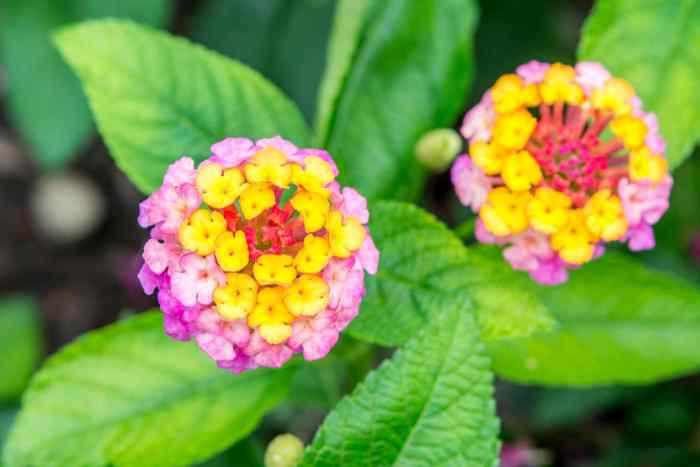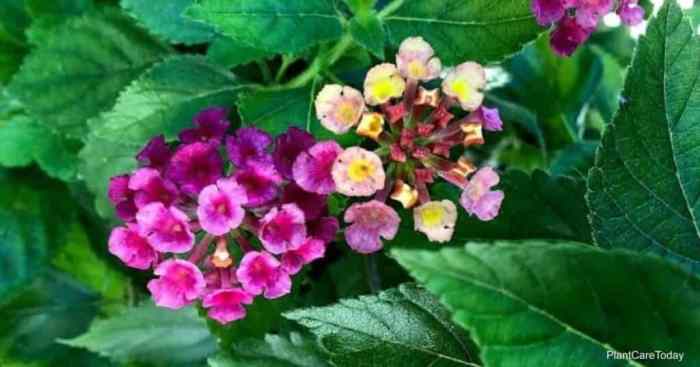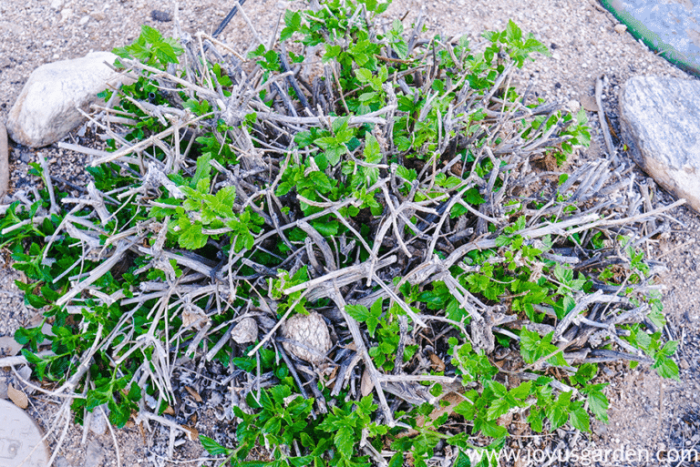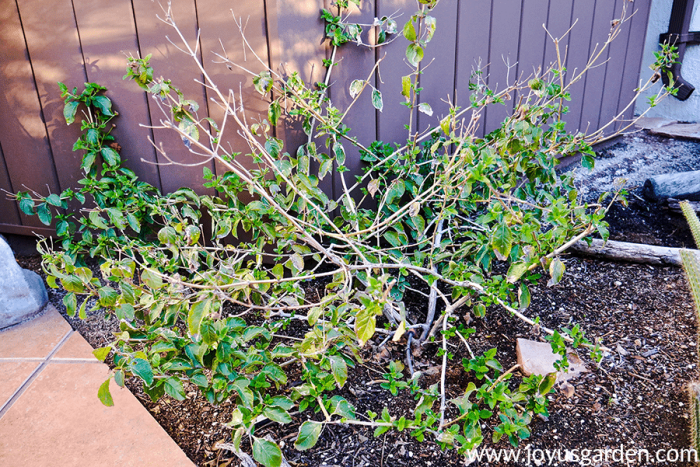How to trim lantana plants – Discover the secrets to trimming lantana plants and unlock their vibrant beauty and lush growth. Our comprehensive guide provides step-by-step techniques, expert tips, and valuable insights to transform your lantana into a stunning garden centerpiece.
With its vibrant flower clusters and lush foliage, the lantana plant is a popular choice for gardeners seeking a touch of color and vitality in their landscapes. However, to maintain its beauty and health, regular trimming is essential. This guide will empower you with the knowledge and skills to trim your lantana plants like a pro, ensuring they thrive and bring joy to your garden for years to come.
Pruning Techniques

Pruning is an essential part of lantana plant care. It helps to maintain the plant’s shape, promote new growth, and encourage flowering. There are several different pruning methods that can be used on lantana plants, depending on the desired results.
Deadheading
Deadheading is the removal of spent flowers from the plant. This helps to prevent the plant from putting energy into producing seeds, and encourages it to produce more flowers. To deadhead a lantana plant, simply pinch or cut off the spent flowers at the base of the stem.
Pinching
Pinching is a technique that is used to encourage branching and create a bushier plant. To pinch a lantana plant, simply pinch off the growing tips of the stems. This will force the plant to produce new shoots from the sides of the stem.
When trimming lantana plants, it’s crucial to remove any dead or diseased branches to promote healthy growth. Similar to trimming basil plants ( how to trim basil plants ), lantana plants should be pruned to encourage bushier growth and prevent legginess.
By following these trimming techniques, lantana plants will flourish and provide a vibrant display of colors in your garden.
Shearing
Shearing is a technique that is used to reduce the size of a lantana plant or to create a more formal shape. To shear a lantana plant, use a hedge trimmer or sharp shears to cut the stems back to the desired length.
Rejuvenation Pruning
Rejuvenation pruning is a technique that is used to rejuvenate an old or overgrown lantana plant. To rejuvenate a lantana plant, cut the stems back to within a few inches of the ground. The plant will then send up new shoots from the base.
Timing and Frequency

Proper timing and frequency of trimming are crucial for maintaining healthy and vibrant lantana plants. By understanding the optimal time and how often to trim, you can promote abundant flowering, control growth, and prevent legginess.
For those looking to trim their lantana plants, it’s important to follow specific techniques to maintain their health and appearance. Similar to lantana plants, bushes also require proper trimming to promote growth and enhance their aesthetic appeal. For a comprehensive guide on how to trim bushes, refer to our detailed article how to trim the bushes . By applying these trimming techniques, you can ensure that your lantana plants and bushes remain vibrant and visually appealing throughout the year.
Optimal Trimming Time
The ideal time to trim lantana plants is in late winter or early spring, before new growth begins. This timing allows the plant to recover from pruning and put its energy into producing new shoots and flowers. Avoid trimming in fall or winter, as cold temperatures can stress the plant.
Frequency of Trimming
Lantana plants benefit from regular trimming to encourage compact growth and prevent overgrowth. Depending on the desired shape and size, you can trim them monthly during the growing season (spring to fall) or less frequently if preferred. For a more formal appearance, trim more frequently; for a more natural look, trim less often.
Trimming Schedule
A recommended trimming schedule for lantana plants is as follows:
- Late winter/early spring:Prune back by about one-third to remove old growth and promote new growth.
- Monthly during the growing season:Trim lightly to maintain desired shape and size.
- Fall/winter:Avoid trimming unless necessary to remove dead or diseased branches.
Tools and Equipment: How To Trim Lantana Plants

Trimming lantana plants requires the right tools to ensure clean cuts and minimize plant damage. Here are the essential tools and equipment you’ll need:
Hand Pruners:These are small, handheld shears designed for precise cutting. Look for bypass pruners, which make clean cuts without crushing the stems. Brands like Fiskars and Felco offer high-quality hand pruners.
Power Pruners
For larger or more overgrown lantana plants, power pruners can save time and effort. Electric or battery-powered pruners offer cordless convenience, while gas-powered pruners provide more power for heavy-duty trimming. Consider models from brands like Greenworks, Echo, or Stihl.
Gloves
Protect your hands from thorns and sharp edges with gardening gloves. Choose gloves made from durable materials like leather or canvas, with reinforced palms for added protection.
Safety Glasses, How to trim lantana plants
Flying debris or plant sap can irritate your eyes. Wear safety glasses to protect your vision while trimming lantana plants.
First Aid Kit
Minor cuts and scrapes are common during gardening. Keep a first aid kit nearby to treat any injuries promptly.
Shaping and Aesthetics
Trimming lantana plants is not only essential for their health and growth but also plays a crucial role in enhancing their shape and appearance. By carefully pruning, you can create a variety of aesthetically pleasing forms, transforming your lantana plants into attractive focal points in your garden.
One of the most common uses of trimming for shaping is to create hedges. Hedges are dense rows of plants that can be used to define boundaries, create privacy screens, or simply add structure to a garden. To create a hedge, lantana plants should be trimmed regularly to maintain a uniform height and width.
Trimming lantana plants involves removing spent flowers and overgrown stems to promote healthy growth and prevent disease. For more information on removing plants, refer to our guide on how to remove yucca plant . Returning to lantana trimming, use sharp pruning shears to make clean cuts, avoiding tearing or bruising the plant.
This can be done using hedge trimmers or hand shears.
Another popular shaping technique is topiary. Topiary involves trimming plants into intricate shapes, such as animals, geometric figures, or even letters. This art form requires patience and precision, but the results can be stunning. Lantana plants are well-suited for topiary due to their dense growth habit and ability to tolerate frequent trimming.
Espalier is another shaping technique that can be used to create unique and visually appealing forms. Espalier involves training plants to grow flat against a wall or trellis. This technique can be used to create a variety of shapes, such as fans, cordons, and espaliers.
Espaliering requires careful pruning and training, but the results can be breathtaking.
Before-and-After Photos
The following before-and-after photos illustrate the dramatic effects that trimming can have on the shape and appearance of lantana plants:
- Before: A lantana plant growing wild and unkempt.
- After: The same lantana plant after being trimmed into a neat and tidy hedge.
- Before: A lantana plant with long, straggly branches.
- After: The same lantana plant after being trimmed into a topiary ball.
- Before: A lantana plant growing haphazardly against a wall.
- After: The same lantana plant after being espaliered into a fan shape.
Health and Maintenance

Trimming lantana plants offers numerous benefits for their health and maintenance. It helps prevent disease, improves air circulation, and promotes new growth.
By removing diseased or damaged branches, trimming reduces the risk of infection and disease spread. It also improves air circulation within the plant, allowing for better penetration of sunlight and reducing the likelihood of fungal growth.
Identifying and Removing Diseased or Damaged Branches
Identifying diseased or damaged branches is crucial for maintaining the health of lantana plants. Look for branches that are:
- Discolored or wilted
- Showing signs of pests or insects
- Broken or cracked
- Rubbing against other branches
Diseased or damaged branches should be removed promptly to prevent further spread of infection or damage. Use sharp, clean pruning shears to make clean cuts just above a healthy node.
Closure
By following the techniques Artikeld in this guide, you can effortlessly keep your lantana plants healthy, vibrant, and aesthetically pleasing. Whether you’re a seasoned gardener or just starting your horticultural journey, this comprehensive resource will equip you with the knowledge and confidence to transform your lantana into a thriving and beautiful addition to your outdoor space.
Answers to Common Questions
When is the best time to trim lantana plants?
The optimal time for trimming lantana plants is in late winter or early spring, before new growth begins.
How often should I trim my lantana plants?
Regular trimming is recommended to maintain the desired shape and encourage new growth. Trim your lantana plants every 4-6 weeks during the growing season.
What tools do I need to trim lantana plants?
For precise and efficient trimming, use sharp pruning shears or hedge trimmers. Gloves are also recommended for protection.